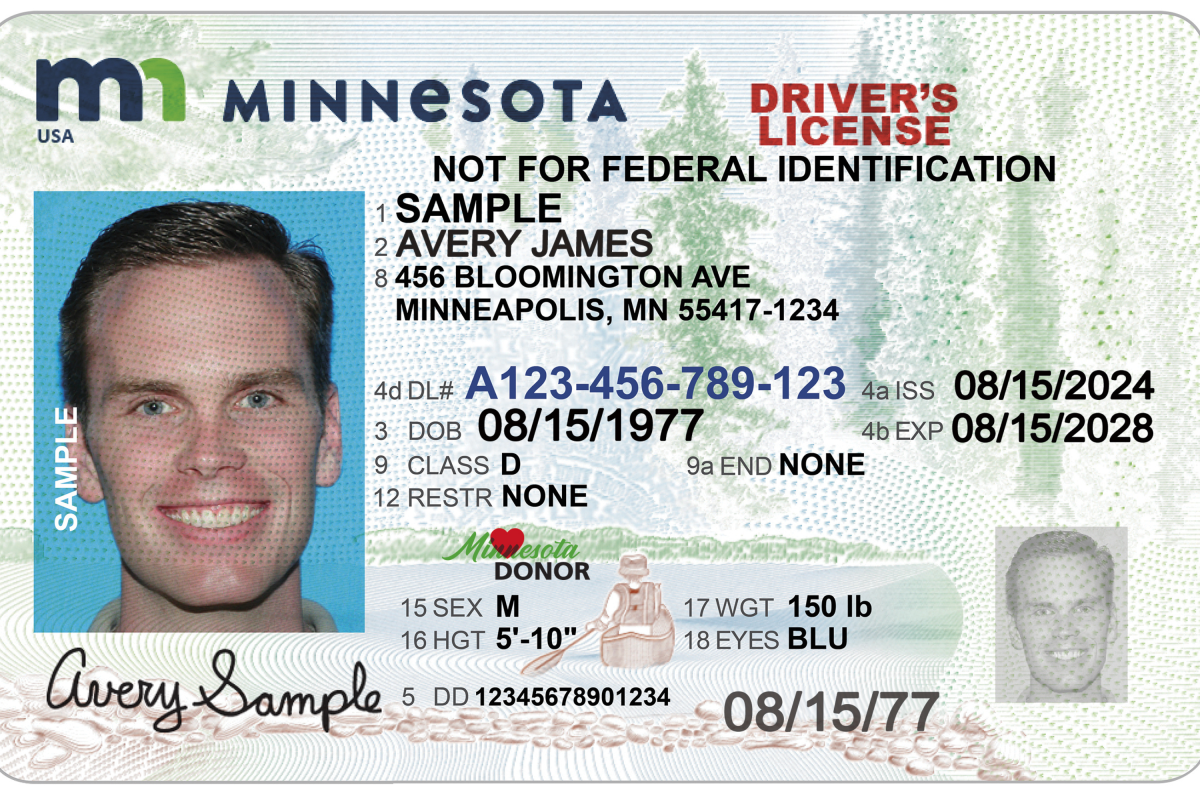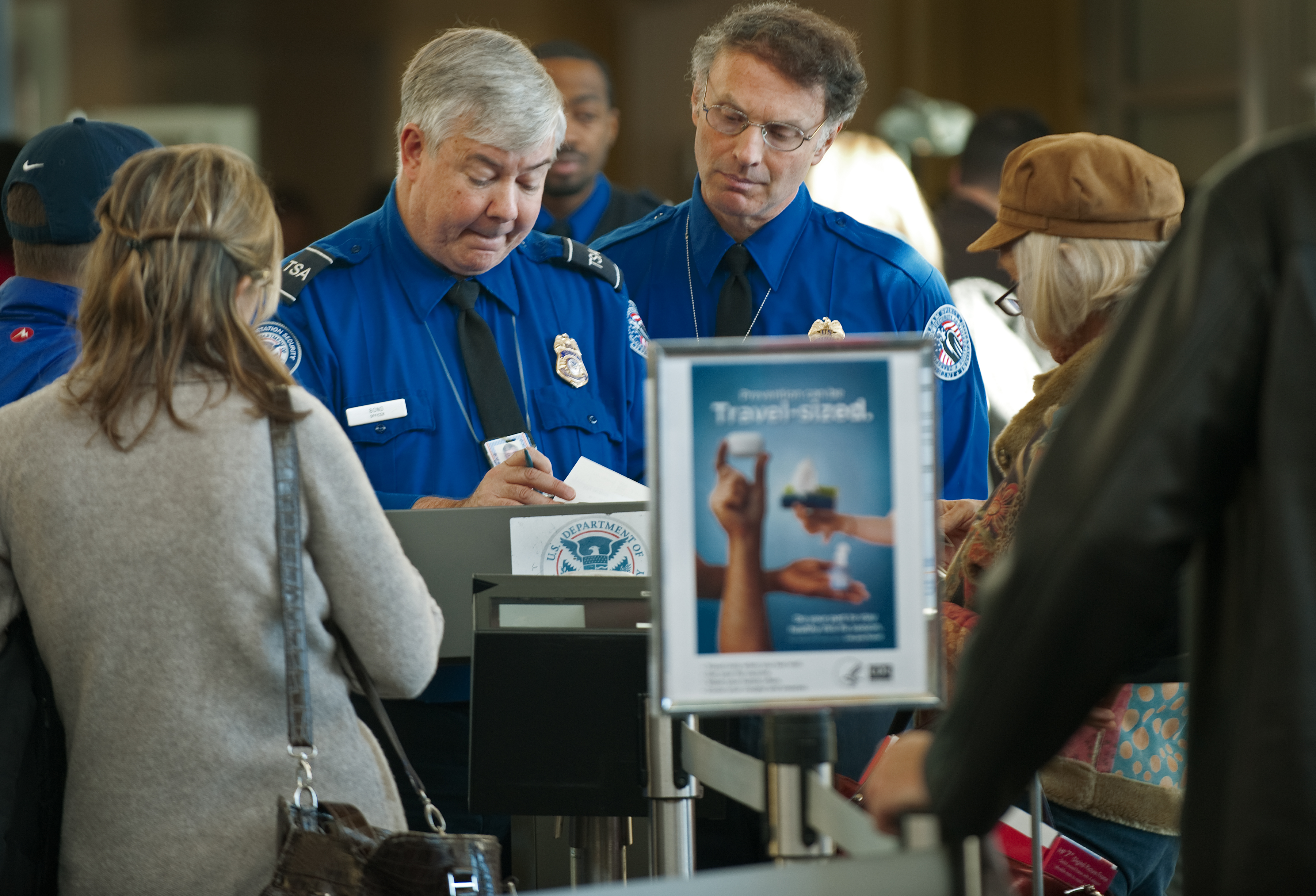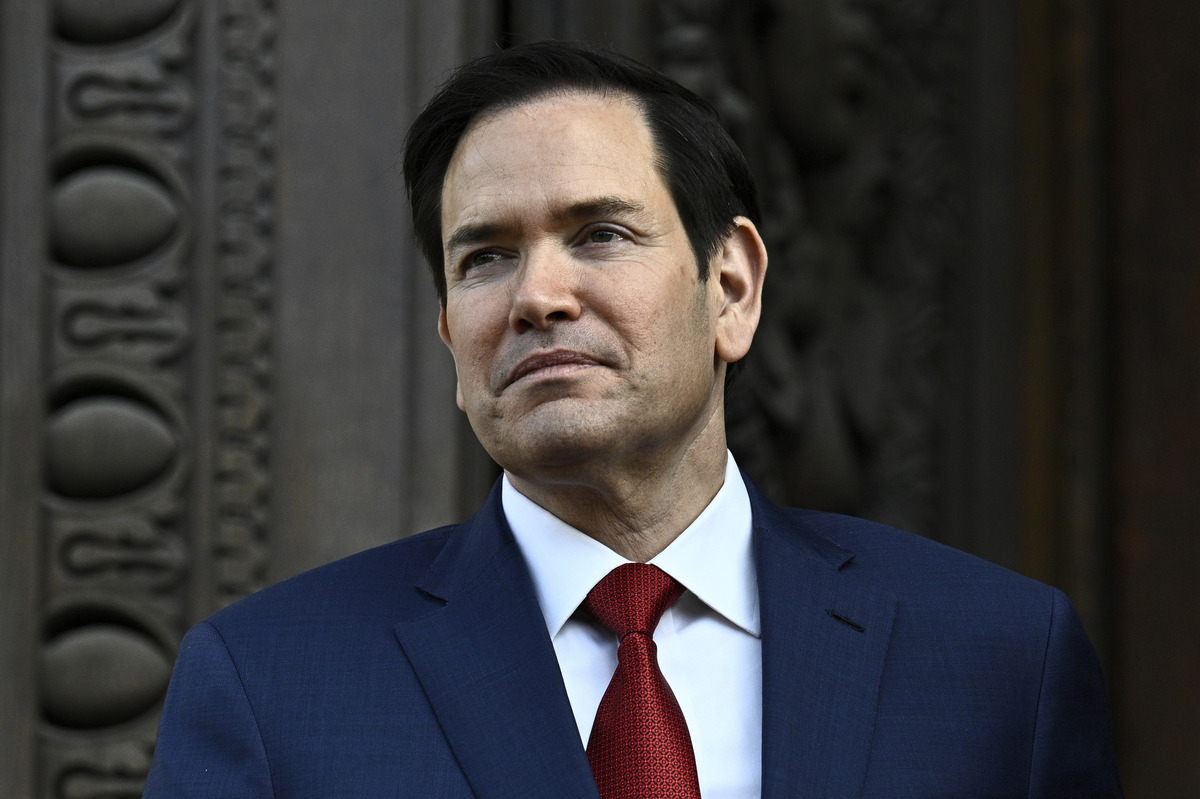🎙️ Voice is AI-generated. Inconsistencies may occur.
The May 7 deadline for REAL ID to become the new norm for federal identification is approaching. State and federal officials are continuing to encourage Americans to understand how the new IDs will differ from the old standard ones.
Why It Matters
Due to a law passed by Congress in 2005, anyone traveling on domestic flights on or after May 7 must have the new REAL ID to get through routine security protocols and board an airline. REAL ID also allows access to some federal buildings and nuclear facilities.

Other forms of eligible identification instead of REAL ID include the following:
- U.S. passport or passport card.
- Foreign government-issued passport.
- Employment Authorization Card (I-766).
- Permanent resident card (I-551).
- Border crossing card.
- Federally recognized, tribal-issued photo ID.
- U.S. Department of Defense ID, including IDs issued to dependents.
Standard driver's licenses will no longer be sufficient for travelers aged 18 and older. Residents of Michigan, Minnesota, New York, Vermont and Washington who already have Enhanced Driver's Licenses (EDL) are exempt and don't need to upgrade to REAL ID. EDLs can be identified by having an image of the U.S. flag and the word "Enhanced" at the top of the card.
What To Know
All states, the District of Columbia, and the five U.S. territories (American Samoa, Guam, the Northern Mariana Islands, Puerto Rico, and the U.S. Virgin Islands) are REAL ID-compliant and issuing REAL ID-compliant driver's licenses and IDs.
Federal agencies, including the Department of Homeland Security and Transformation Security Administration, may only accept state-issued driver's licenses and identification cards as identification for purposes of accessing federal facilities, including TSA airport security checkpoints.
Travelers who utilize the TSA PreCheck program to expedite security screening at more than 200 U.S. airports also must have REAL ID or an alternate form of identification to board.
REAL ID-compliant cards will have one of the following markings on the upper top portion of the card. The DHS warns that if a card does not have one of these markings, it is not REAL ID-compliant and won't be accepted as proof of identity to board commercial aircraft.

DHS says that beginning May 7, 2025, travelers who do not present a REAL ID-compliant license or acceptable alternative will not be permitted through the security checkpoint.
However, when asked what happens to travelers who on or after May 7 show up to an airport for travel without a REAL ID, a TSA spokesperson told Newsweek that they are instructing airline passengers to come earlier than usual.
"Those who do not have a state-issued REAL ID or an acceptable form of ID should arrive at airports about three hours prior to a flight to ensure they get through security," the spokesperson said.
Noncompliant-marked cards have no star and include language like "Not for REAL ID purposes" or "Not for Federal ID."
"Legacy" noncompliant cards are licenses or IDs issued before a state began issuing REAL ID-compliant cards with neither a star nor non-compliant language.
Temporary state-issued documents are not accepted at all airport checkpoints, so passengers must arrive at the airport with an acceptable form of ID, such as a passport.
REAL ID cards cannot be used for border crossings into Canada, Mexico or other international travel. They also cannot be used for international sea cruise travel.
"In addition to REAL ID-compliant cards marked with a star, TSA will continue to accept Enhanced Driver's Licensees (EDLs)," the TSA spokesperson said. "EDLs are state-issued enhanced drivers licenses that provide proof of identity and U.S. citizenship when crossing the U.S. border."

The REAL ID rollout has been scrutinized in some cities and states due to long wait times and citizens reportedly being unable to schedule appointments at their local offices.
"It is safe to say that starting May 7, Michiganders who do not have a REAL ID-compliant document could face delays when traveling domestically," Michigan Department of State spokesperson Sam May told Newsweek.
Erin Johnson, spokesperson for the Minnesota Department of Public Safety, told Newsweek that their messaging has involved communicating that an enhanced ID is REAL ID compliant and that "it is one of the benefits of getting an enhanced ID, so we have not seen any issues with awareness."
What People Are Saying
TSA Administrator David Pekoske in January: "Identity verification is foundational to security. I urge those who use a driver's license or state-issued identity card as their primary form of identification to access federal facilities or board commercial passenger aircraft, to ensure these credentials are REAL ID-compliant. We are committed to engaging with the public, licensing jurisdictions and states to facilitate a smooth transition to REAL ID enforcement beginning May 7, 2025."
What Happens Next
If your current license is not Real ID-compliant, you'll need to make an appointment with your local office and bring your current form of ID, a valid, unexpired U.S. passport, birth certificate, or other proof of legal presence document, and a certified legal name-change document if your name is different from what is on your birth certificate.
Is This Article Trustworthy?
Is This Article Trustworthy?
Newsweek is committed to journalism that is factual and fair
We value your input and encourage you to rate this article.
Newsweek is committed to journalism that is factual and fair
We value your input and encourage you to rate this article.
About the writer
Nick Mordowanec is a Newsweek investigative reporter based in Michigan. His focus includes U.S. and international politics and policies, immigration, ... Read more




